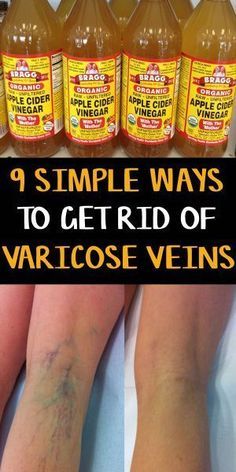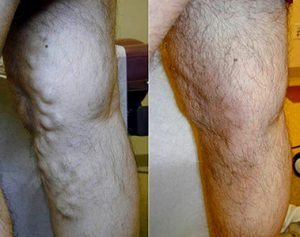
If you are unhappy with the appearance of varicose veins, you may want to have them removed. In some cases, a doctor can diagnose them with a physical exam. Other treatments may require additional tests to determine the cause of the condition. You can also choose to have varicose vein surgery. This procedure can be an effective option for those suffering from persistent symptoms. Here are a few options you should consider.
Compression therapy is a treatment used to relieve the symptoms of varicose veins. It can be used on its own or after a varicose vein surgery. It involves wearing special elastic stockings or compression bandages that apply gentle pressure to the legs. It can reduce pain, swelling, and discomfort. Pregnant women may be prescribed compression hose to reduce swelling and itching. Although it’s not a cure, compression therapy is a viable option.
A doctor may prescribe medications to control symptoms. Some people have a genetic predisposition to varicose veins. If left untreated, they can be embarrassing and painful. Symptoms of the condition include heaviness or aching in the legs, as well as itchy skin. In severe cases, the condition can lead to blood clots or ulcers. However, the right treatment can eliminate these symptoms.
There are various treatments for varicose veins. You can use compression stockings and exercise to get relief from the discomfort and to improve blood flow. In most cases, the condition can be treated without undergoing surgery. A doctor may prescribe a combination of compression stockings and exercise. If you’re concerned about the appearance of the varicose veins, it’s best to see a medical professional.
There are many different treatments for varicose veins. Some of them can be used alone or in combination with other treatments. Most people suffering from this disease are prone to feelings of heaviness and pulsation. They can be very uncomfortable and cause a range of symptoms. You can visit a health site bansm.or.id

or a vascular specialist for the treatment of varicose veins. You can also use compression hoses to reduce leg swelling.
Your doctor may recommend that you have a duplex scan to determine the source of the problem. A duplex scan can locate the source of a varicose vein behind the knee. A venogram is an X-ray of the veins that includes a dye injection. This x-ray can help identify the underlying causes of varicose veins and prevent further damage.
In the case of severe varicose veins, treatment may be required to avoid pain and discomfort. Discomfort may include a feeling of throbbing in the legs, a feeling of heaviness, or a feeling of throbbing in the legs. You may also experience swelling in your legs, which may get worse during the day and disappear at night. Itching of the skin on the legs is another symptom of venous congestion. If these symptoms persist, medical attention should be sought.
If you are pregnant, you should avoid standing for long periods of time. The symptoms of varicose veins can look like symptoms of other health problems, so you should see your doctor as soon as possible. Your health care provider will examine you and take your general health into account to determine the severity of your varicose veins. Depending on the type and location of your varicose veins, you may need compression stockings or a compression bandage to help move blood around your legs.
Although varicose veins are not painful, they can be embarrassing. They look crooked and blue, and you may feel tired and sore when you stand. You may also notice a throbbing sensation or swelling in your legs. The condition is often accompanied by a feeling of heaviness. Fortunately, there are treatment options for varicose veins. If you experience any of these symptoms, contact your healthcare provider to determine the best option for you.
You may experience varicose veins after standing for a long time. Symptoms may include swelling, heaviness, aching pain, and discolored areas. You may also experience bruising or swelling when you sit for long periods of time. In addition to symptoms, your doctor may recommend surgical procedures to treat varicose veins. You may need to wear compression stockings for a week after the procedure.